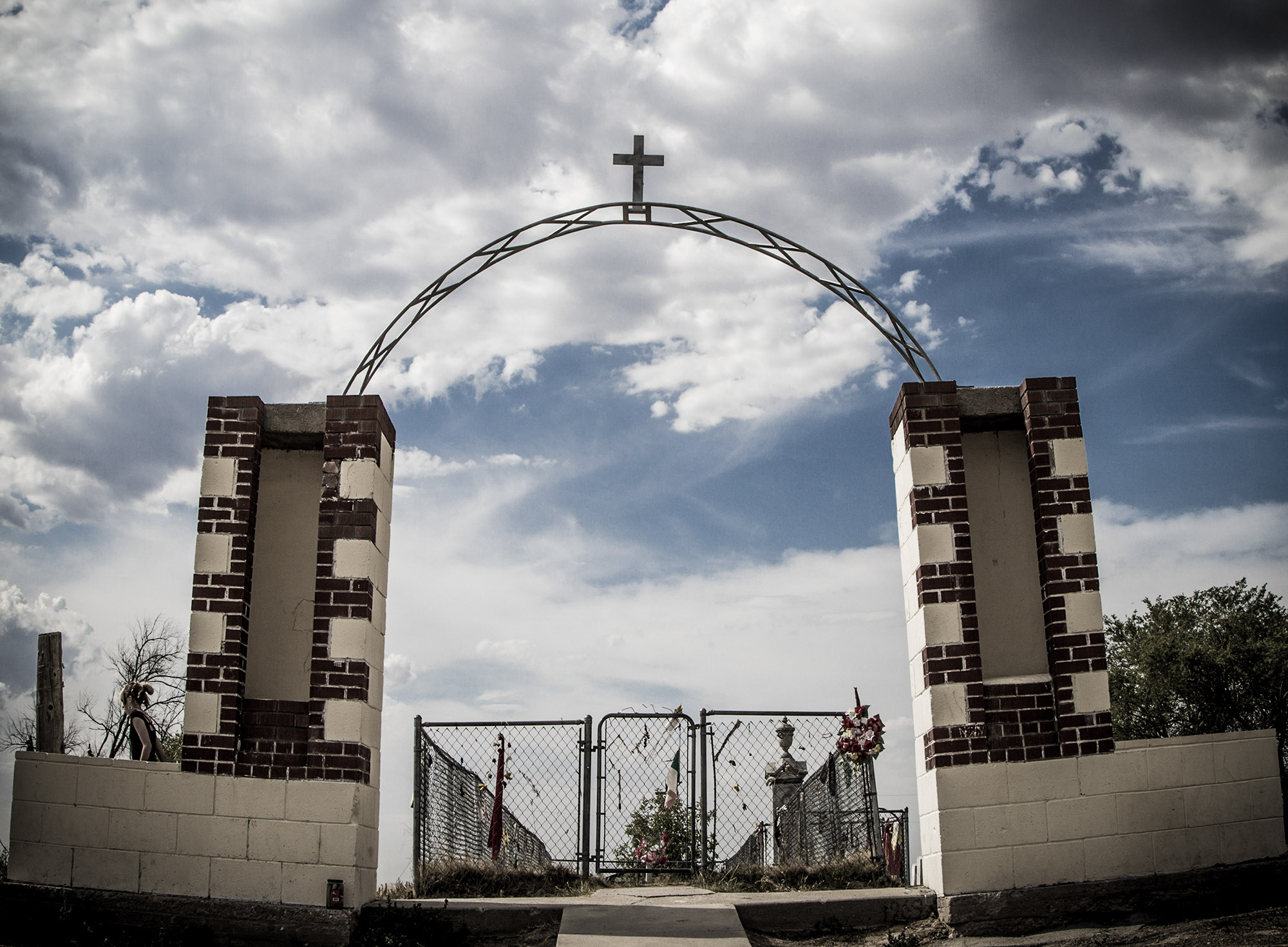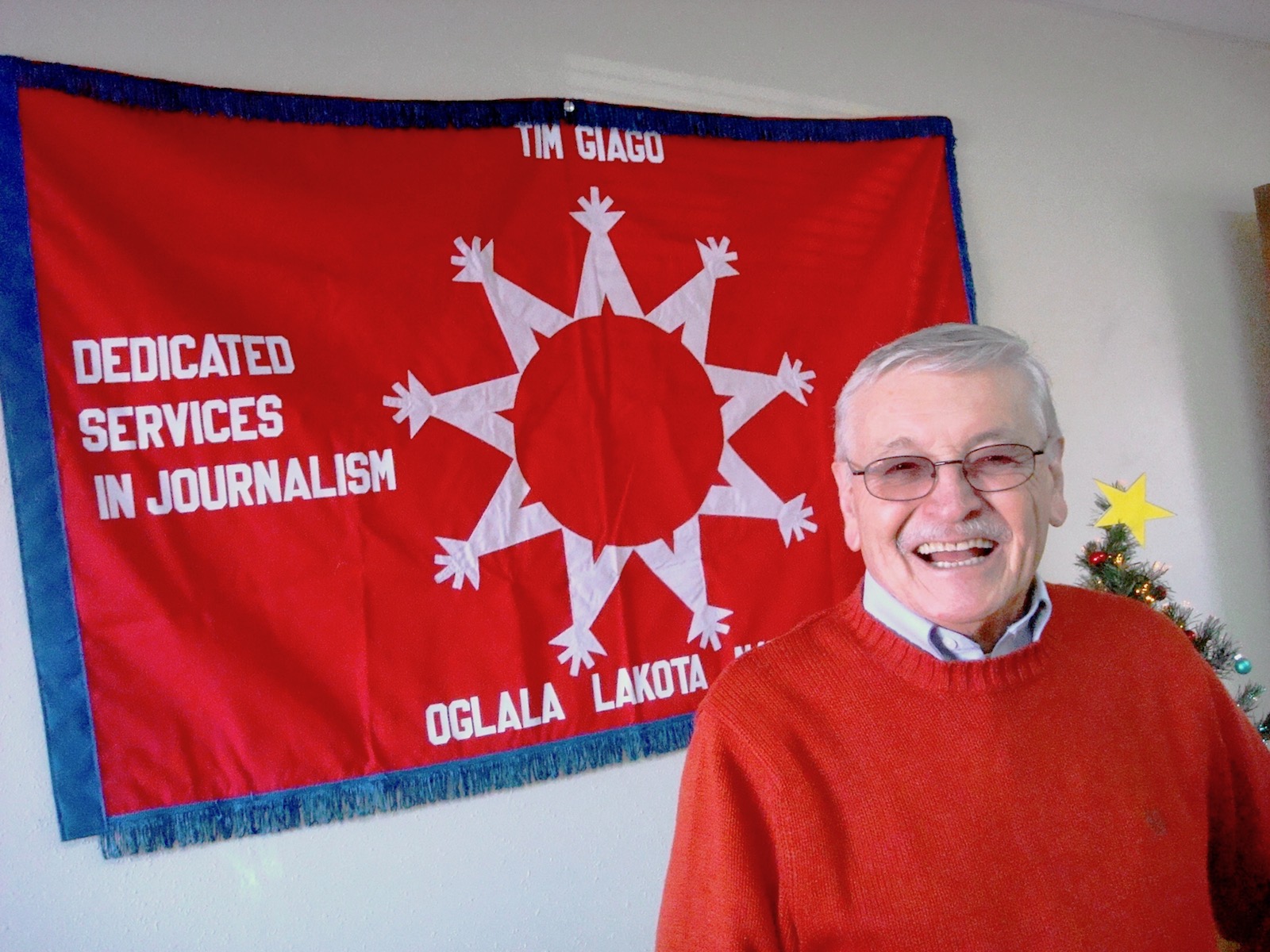Indianz.Com > News > Tim Giago: Telling the other side of the story

Notes from Indian Country
Telling the other side of the story
Friday, January 8, 2021
As the publisher of a Native newspaper for more than 40 years I have accepted criticism as a state of mind.
I have always faced constructive criticism of my newspaper as something that would help me make the newspaper better. With that in mind I would like to offer some constructive criticism of National Native News.
National Native News invited a white reporter on their show and allowed him to attack me without ever checking out his background, or the fact that he was working for a rival newspaper at the time. His name was Jim Kent and he had been fired from nearly every reporting job he held in South Dakota.
He ranted and raved against me, and the management at National Native News never called me or offered me an opportunity to join the show to defend myself. They finally called me a week or two after the fact and asked if I wanted to respond to Kent’s comments only after they heard I was unhappy with their show, but by then it was much too late. They should have called me the minute they knew he was going to be on their show attacking me. That was a case of extremely bad reporting.

Tim Giago (Oglala Lakota) is the founder of the Native American Journalists Association and of Indian Country Today. Contact him at najournalist1@gmail.com.
Note: Content © Tim Giago
Search
Filed Under
Tags
More Headlines
Arizona Mirror: Bipartisan bill provides $5.1 billion for tribal water settlement
Cronkite News: Navajo Code Talker blasts removal of content from U.S. military sites as ‘racist’
Native America Calling: Higher education for Native students at a crossroads
Press Release: Senate Committee on Indian Affairs announces Republican majority staff
MSU News: American Indian Council hosts 49th annual powwow
People’s World: Indigenous coalition celebrates release of Leonard Peltier
National Congress of American Indians ‘deeply concerned’ about removal of Native content from U.S. military sites
Montana Free Press: Indian lawmakers tout legislative successes
VIDEO: Secretary of the Interior Doug Burgum on Indian Education
Cronkite News: Navajo entrepreneurs find success thanks to business incubator
Native America Calling: Native Bookshelf with Marcie Rendon and Dennis Staples
Press Release: Spirit Lake Nation reclaims 680 acres in North Dakota
‘Demoralizing’: Lawsuit blasts Trump administration for firings at tribal colleges
NAFOA: 5 Things You Need to Know this Week (March 17, 2025)
Chuck Hoskin: Cherokee Nation makes housing a priority for our health
More Headlines
Cronkite News: Navajo Code Talker blasts removal of content from U.S. military sites as ‘racist’
Native America Calling: Higher education for Native students at a crossroads
Press Release: Senate Committee on Indian Affairs announces Republican majority staff
MSU News: American Indian Council hosts 49th annual powwow
People’s World: Indigenous coalition celebrates release of Leonard Peltier
National Congress of American Indians ‘deeply concerned’ about removal of Native content from U.S. military sites
Montana Free Press: Indian lawmakers tout legislative successes
VIDEO: Secretary of the Interior Doug Burgum on Indian Education
Cronkite News: Navajo entrepreneurs find success thanks to business incubator
Native America Calling: Native Bookshelf with Marcie Rendon and Dennis Staples
Press Release: Spirit Lake Nation reclaims 680 acres in North Dakota
‘Demoralizing’: Lawsuit blasts Trump administration for firings at tribal colleges
NAFOA: 5 Things You Need to Know this Week (March 17, 2025)
Chuck Hoskin: Cherokee Nation makes housing a priority for our health
More Headlines